Combating extreme poverty
The FXB village Kanyosha project successfully strengthened the resilience of 99 extremely poor families, i.e. 745 adults and children,sustainably lifting them out of multidimensional poverty. During the project, economic strengthening took place at two levels, firstly through the structuring of village savings and credit associations (VSLAs) and secondly through the implementation of income-generating activities (IGAs). By the end of the project, four VSLAs had been set up and every family had at least one IGA, with 74% having more than one, mainly in the sale of food products. Beneficiaries were given practical and theoretical knowledge of nutrition, particularly child nutrition. At the end of the project, 70% of families were able to declare that they ate three meals a day, and the remaining 30% ate two meals a day. No child was suffering from malnutrition. Thanks to the project, families now have access to the Tuvuzanye health insurance scheme and are increasingly going to health facilities for treatment rather than self-medicating. The psychosocial support provided to beneficiaries has enabled them to restore social cohesion, reduce family conflicts, boost self-esteem and reduce the risk of isolation and social exclusion.
The Swiss association François-Xavier Bagnoud (FXB-International) was founded in 1989. Its mission is to fight poverty and AIDS by helping orphans and vulnerable children affected HIV/AIDS, and by strengthening the social and economic capacities of their families and communities. FXB International is active in Burundi, China, Colombia, India, Mongolia, Uganda, DRC, Rwanda, and Thailand.
News
Three new projects approved in September 2020
28 September 2020
The Addax and Oryx Foundation granted funding for three new projects at its September Board meeting.Community health insurance for vulnerable families
22 February 2022
Vulnerable families often do not have the means to access basic healthcare and have no other recourse than to self-medicate with cheap or outdated products or to share medicines to limit consultation costs.Strengthening the resilience of families
23 January 2023
The general objective of the project led by FXB International is to strengthen the resilience of 100 extremely poor families and sustainably improve their living conditions so they can escape multidimensional poverty.Type
Health / Education / Environment / Community DevelopmentDuration
December 2020 - November 2023Location
Kanyosha / BurundiWith whom
FXB International (Association François-Xavier Bagnoud)
Website

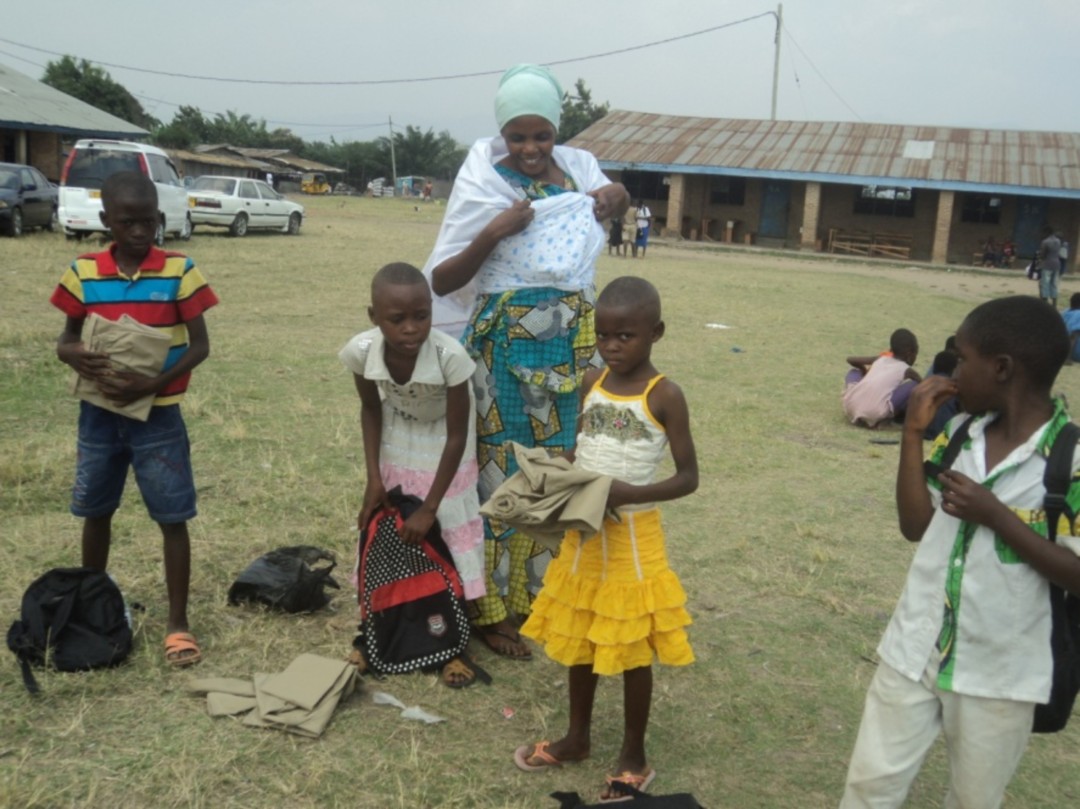
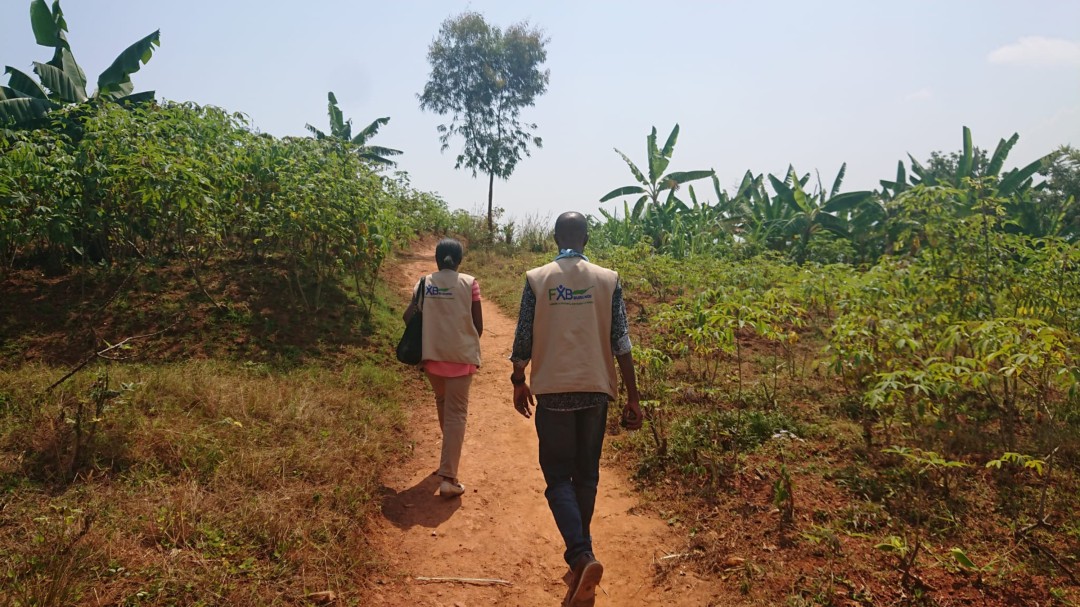

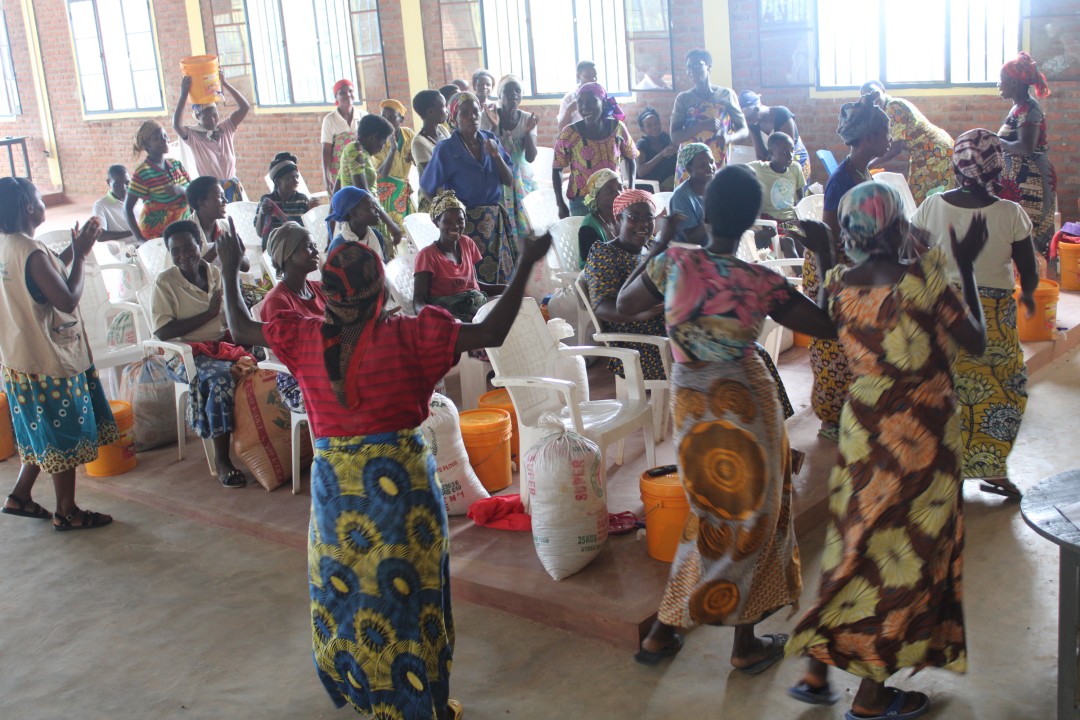
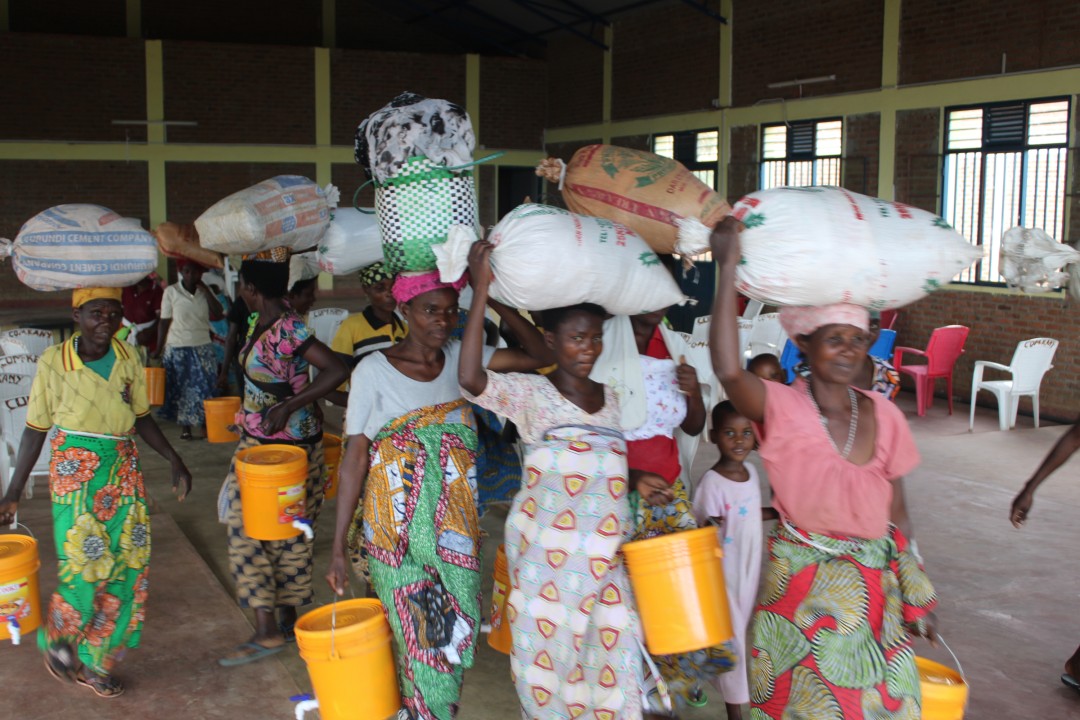
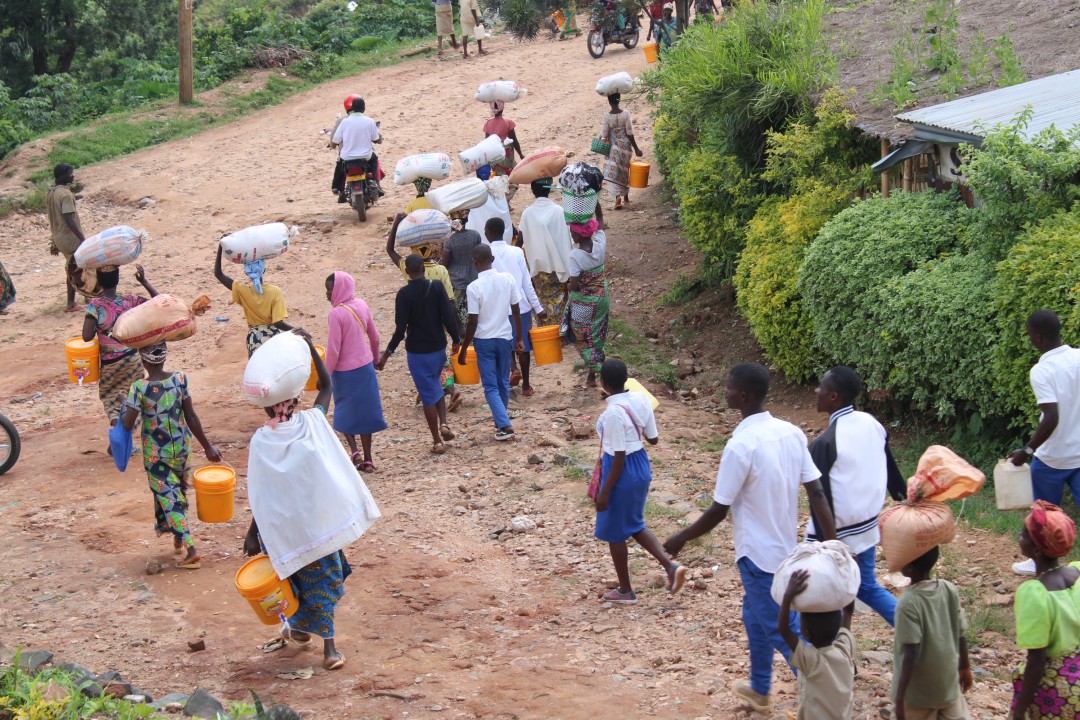

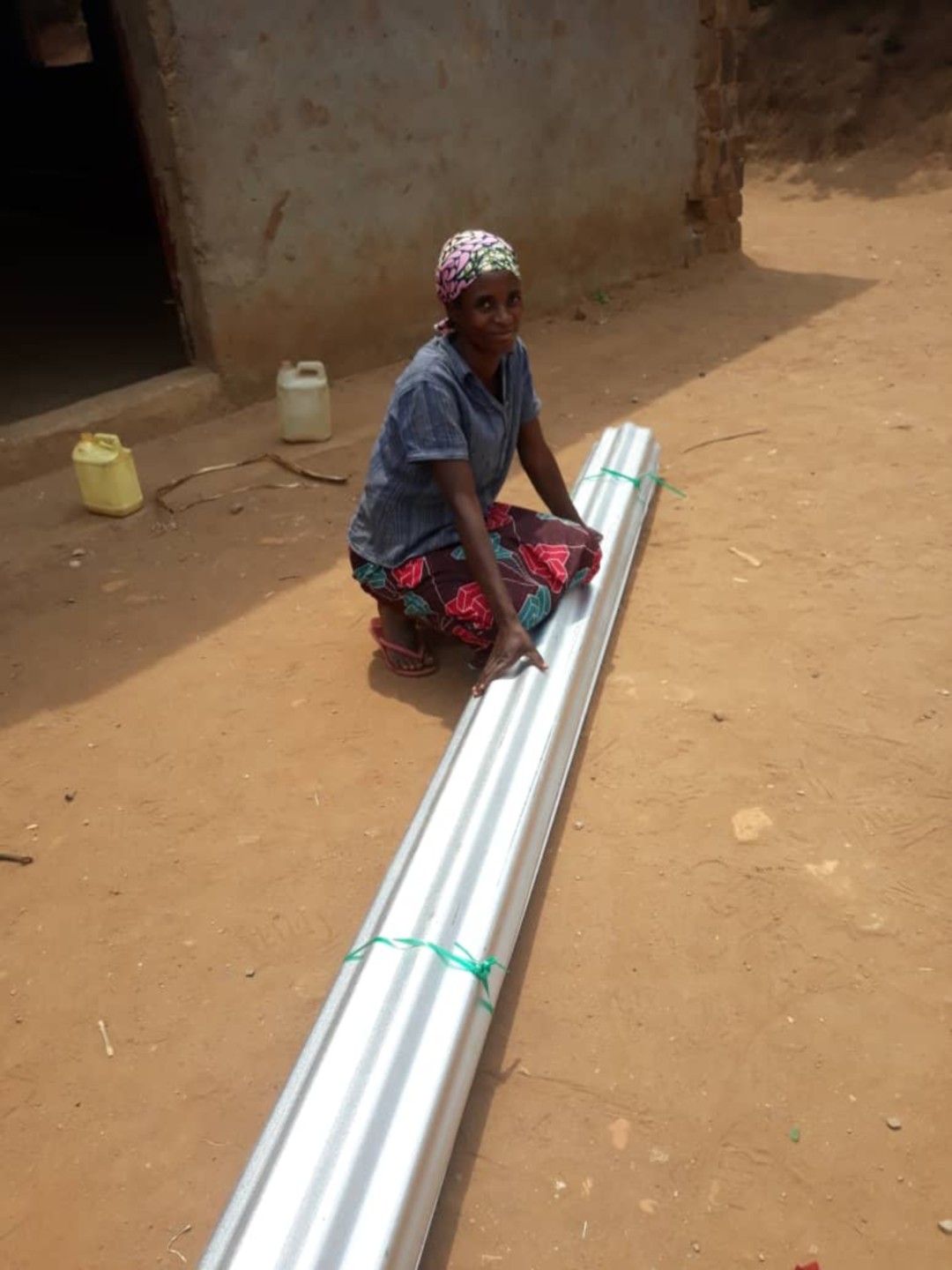
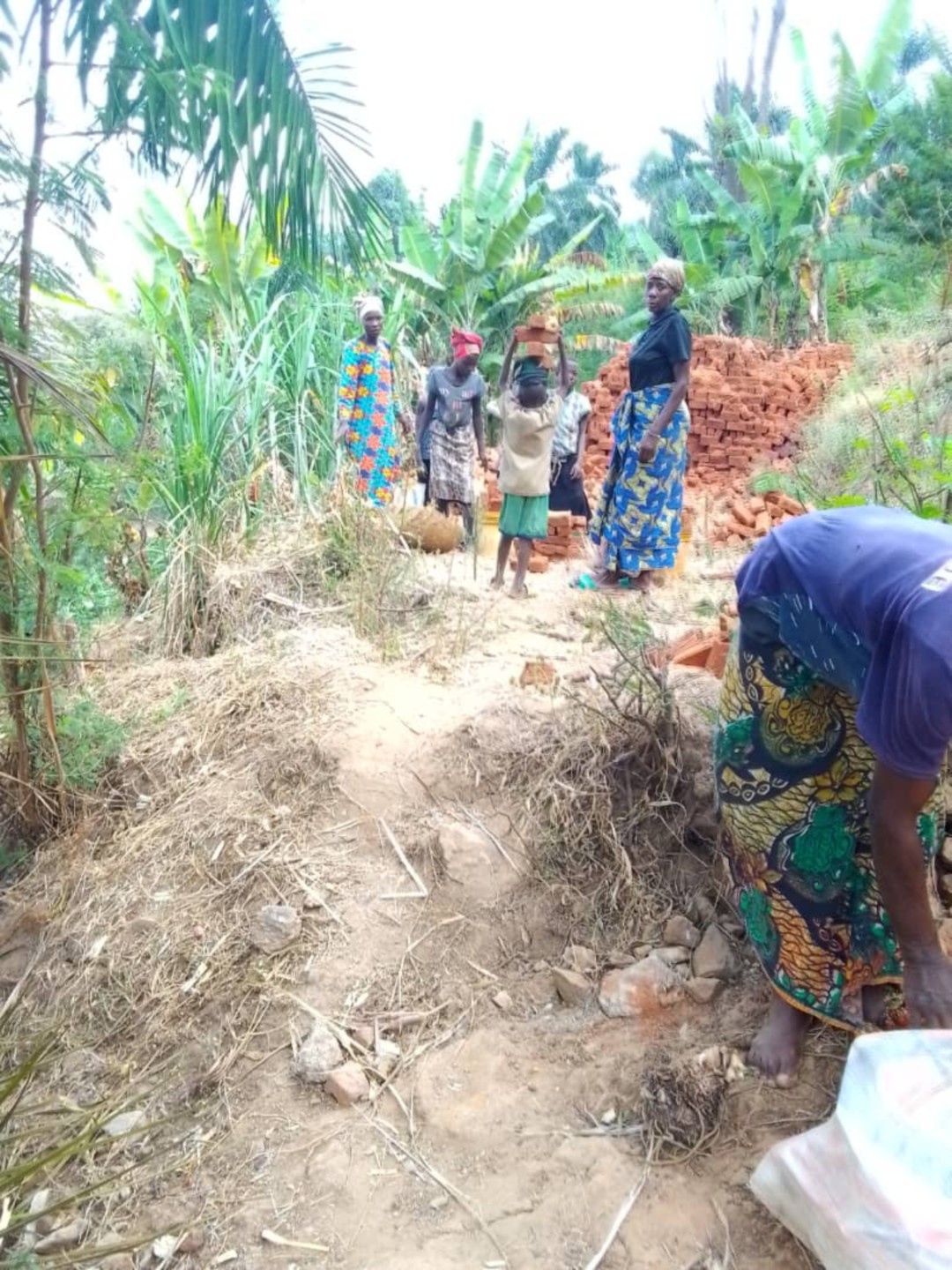


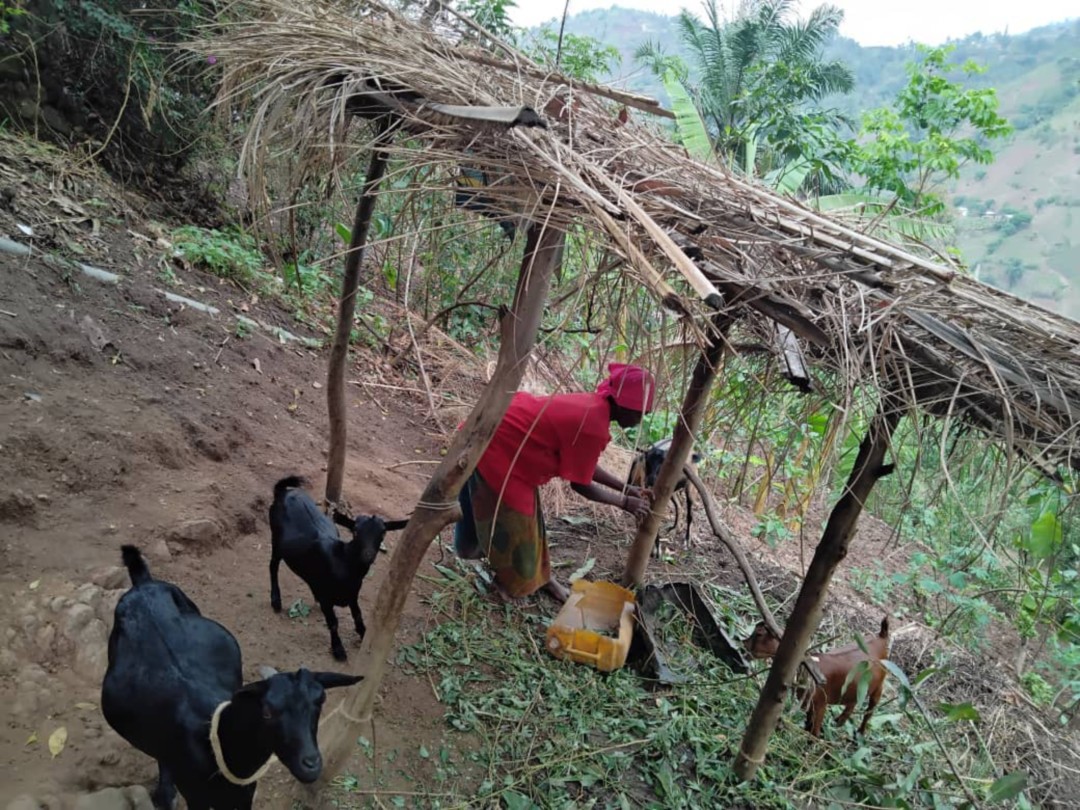
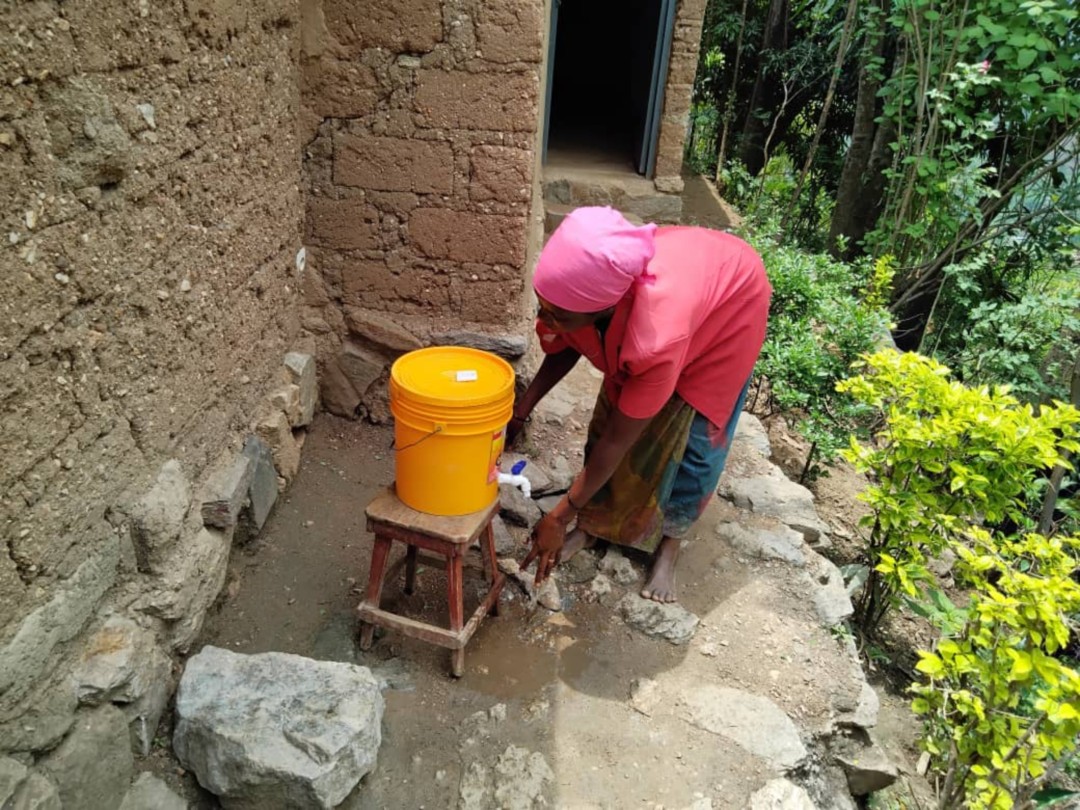
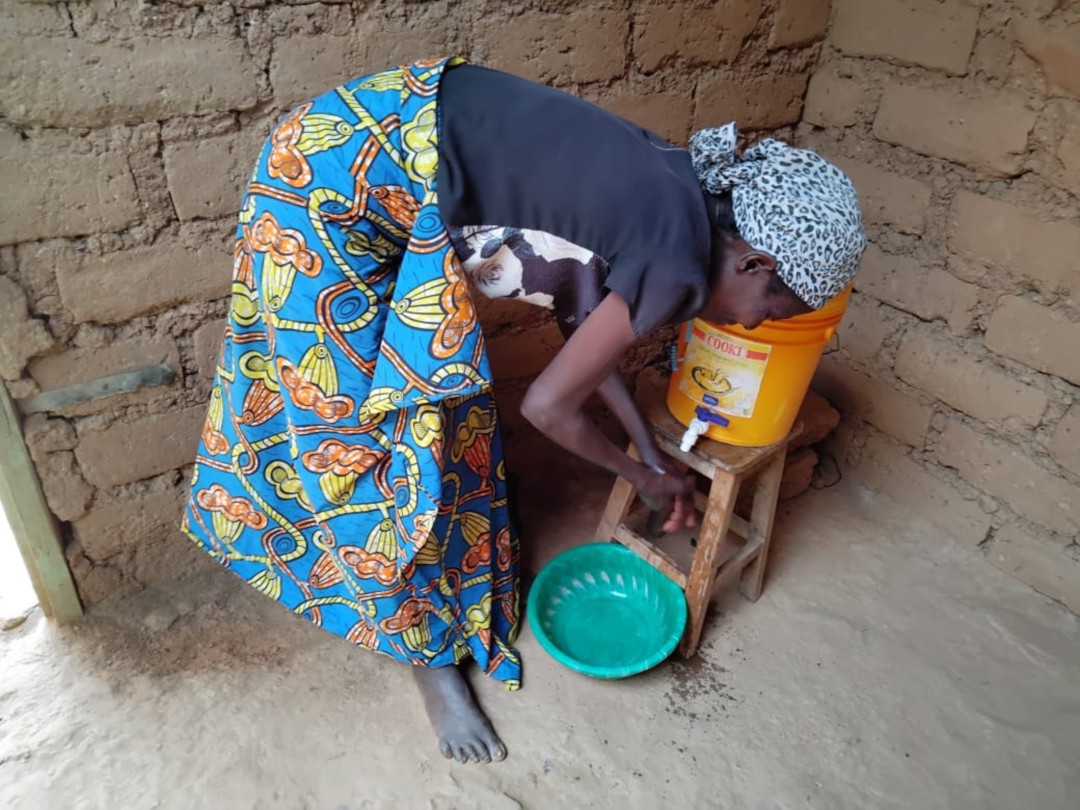
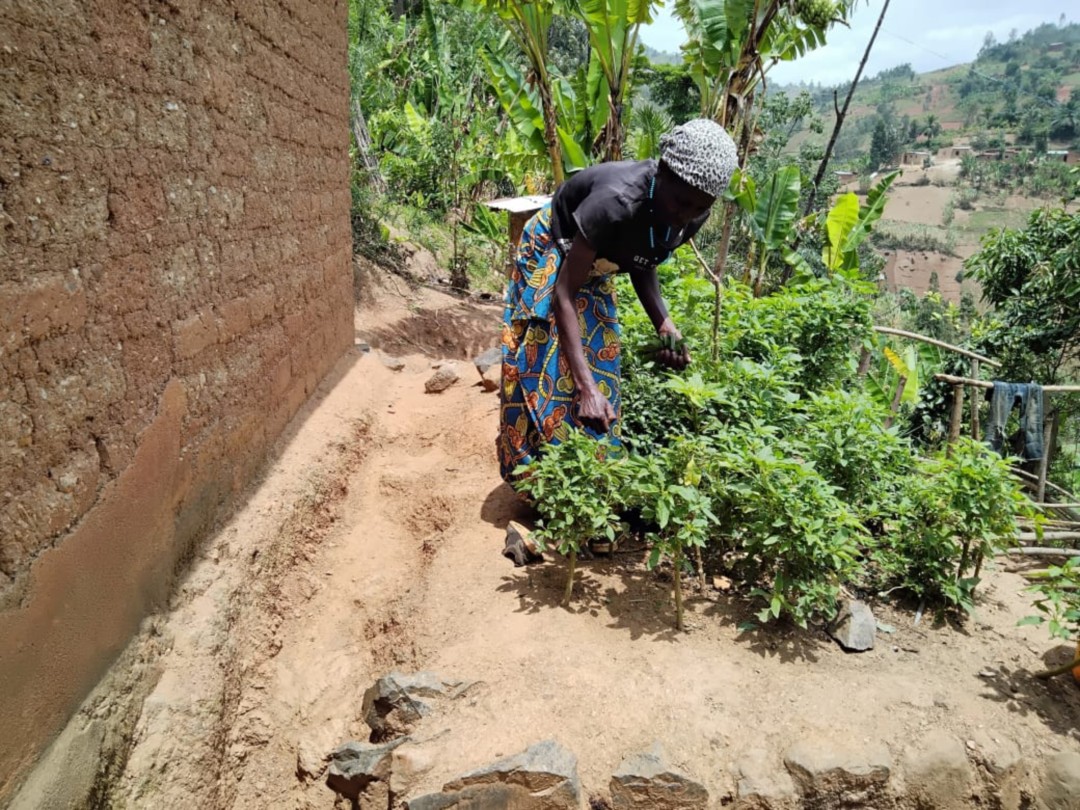

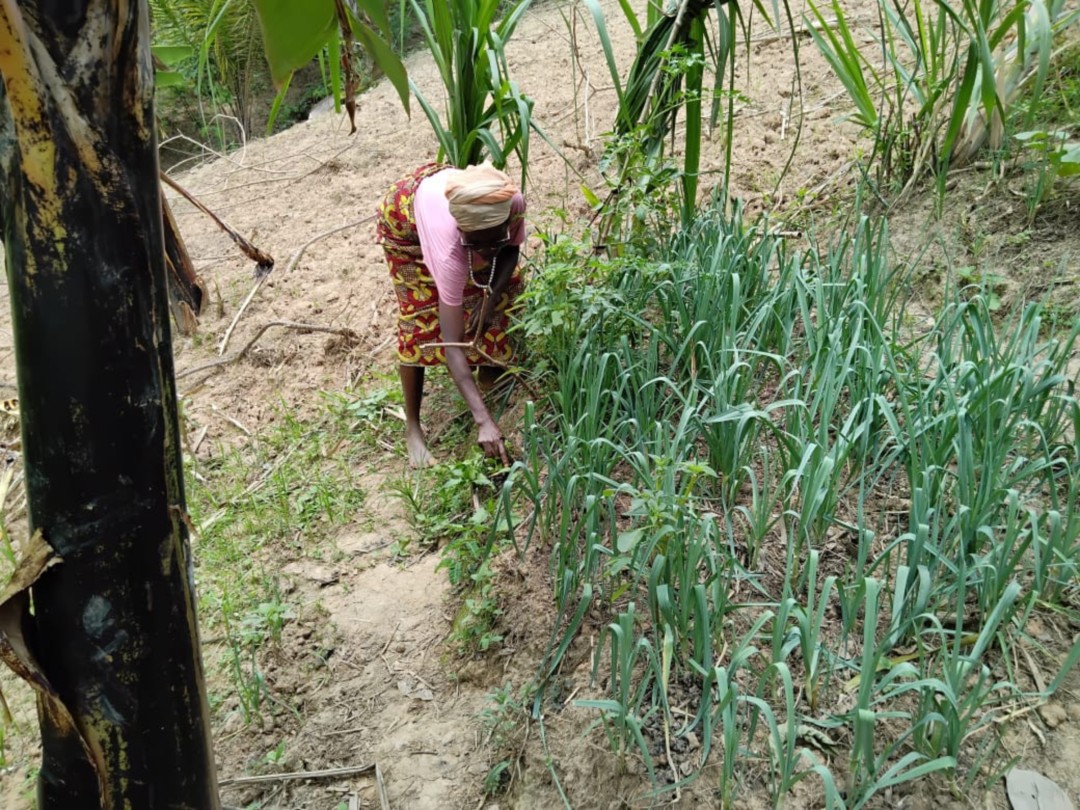
Burundi
Population
10.9 million (2017)
Per Capita Income
USD 280/year (2017)
Poverty rate *
65% (2014)
Literacy rate
62% (2016)
Human Development Index
185th out of 189 countries (2018)
Burundi is one of the five poorest countries in the world. Following the civil war which ended in 2005, the country transitioned implemented significant improvements to consolidate peace and security. The political crisis in 2015 led to an increase in violence and instability, displacing over 300,000 people. Progress has been made regarding the net enrolment rate and gender parity in primary school, vaccination coverage and slowing down the spread of HIV/Aids, and the literacy rates among adults improved from 52% (1990) to 62% (2016). However, almost one in two households is food insecure and almost half of the children are stunted. Access to water and sanitation is very low and less than 5% of the total population have access to electricity.
Sources: World Food Program, UNICEF, World Bank, 2016 Human Development Report, Human Development Indices and Indicators (2018 Statistical Update)
*The percentage of the population living below the national poverty line.